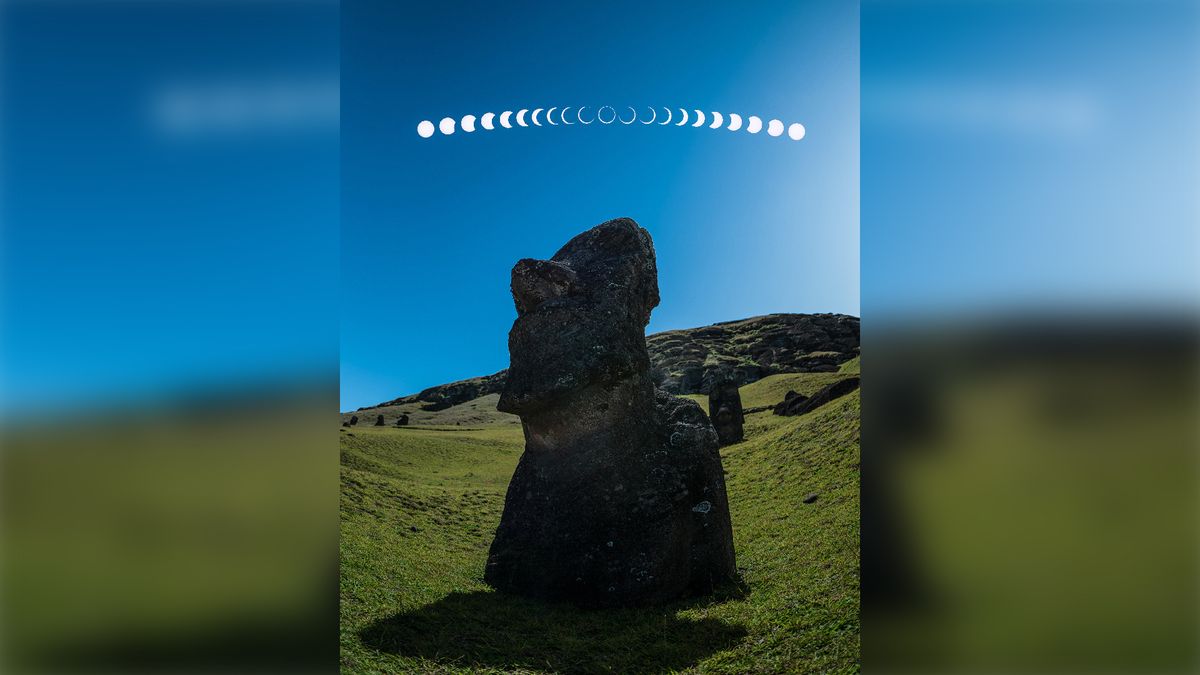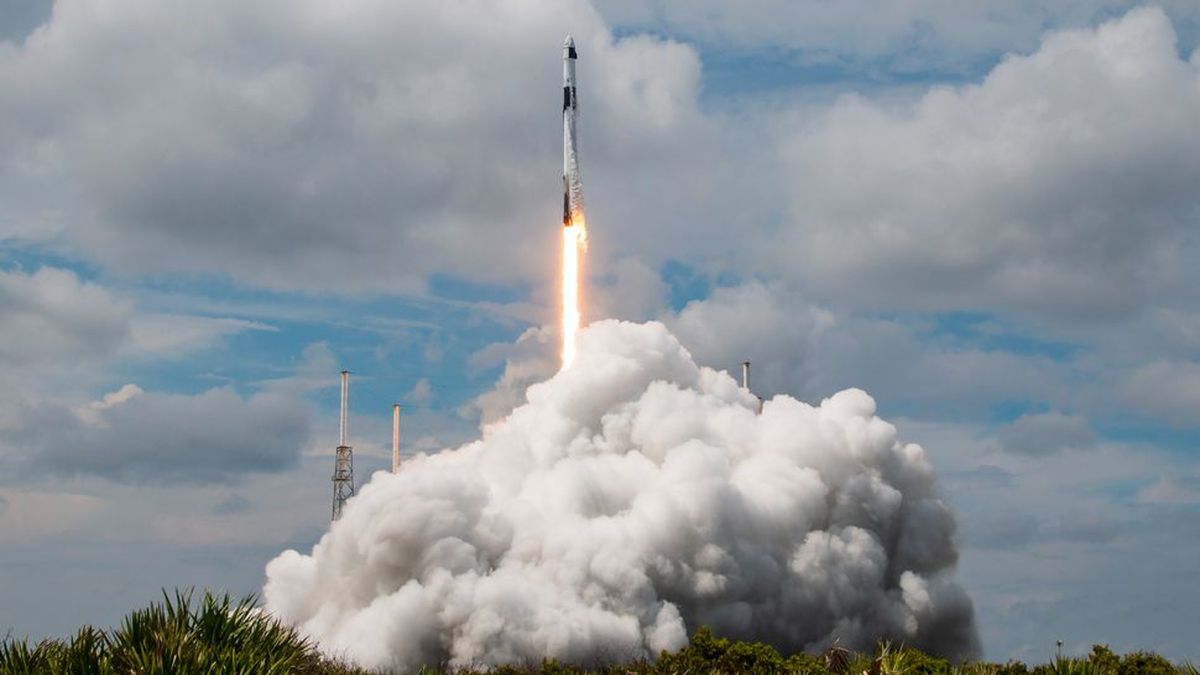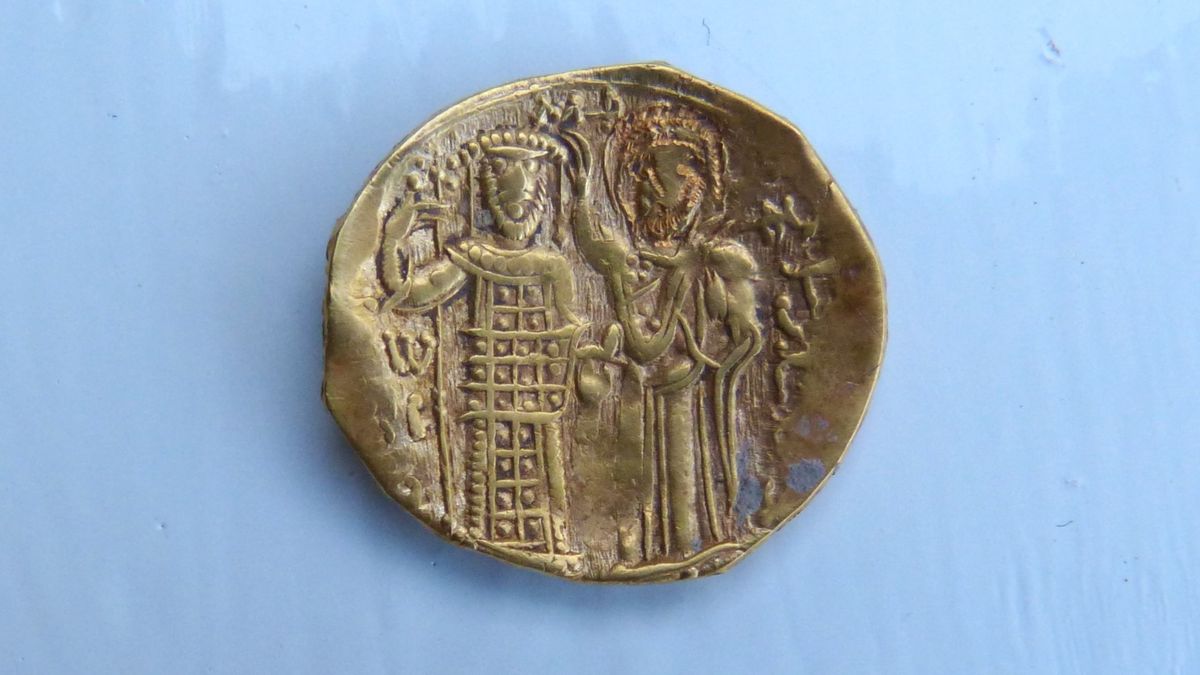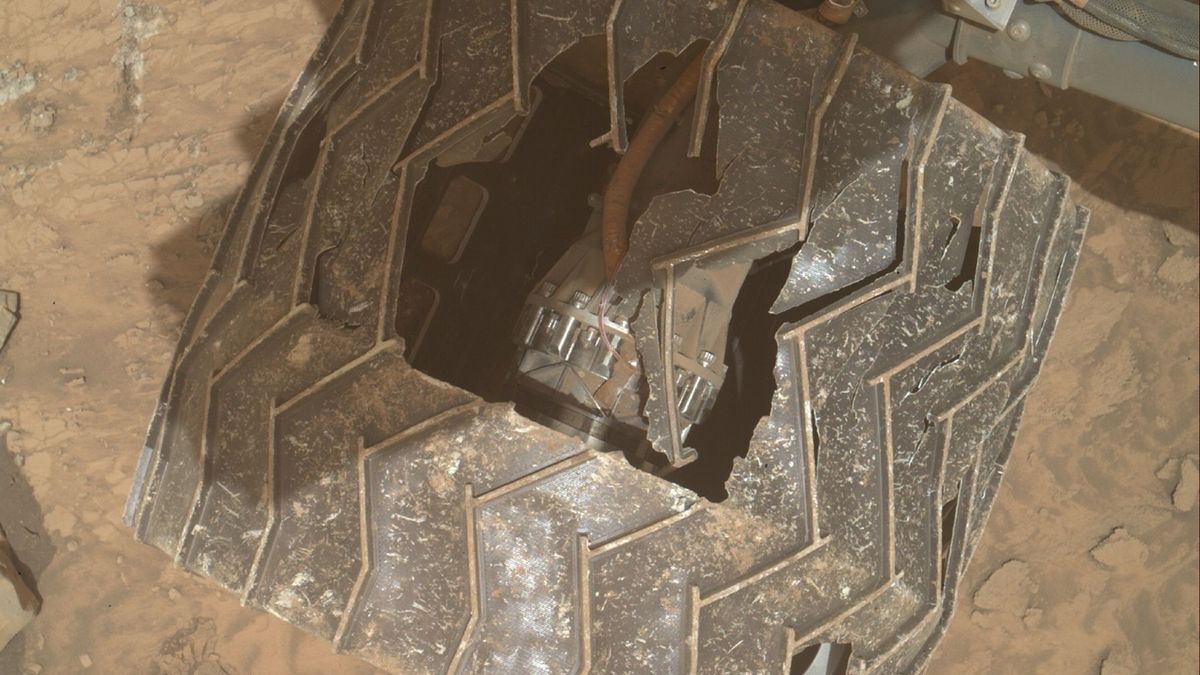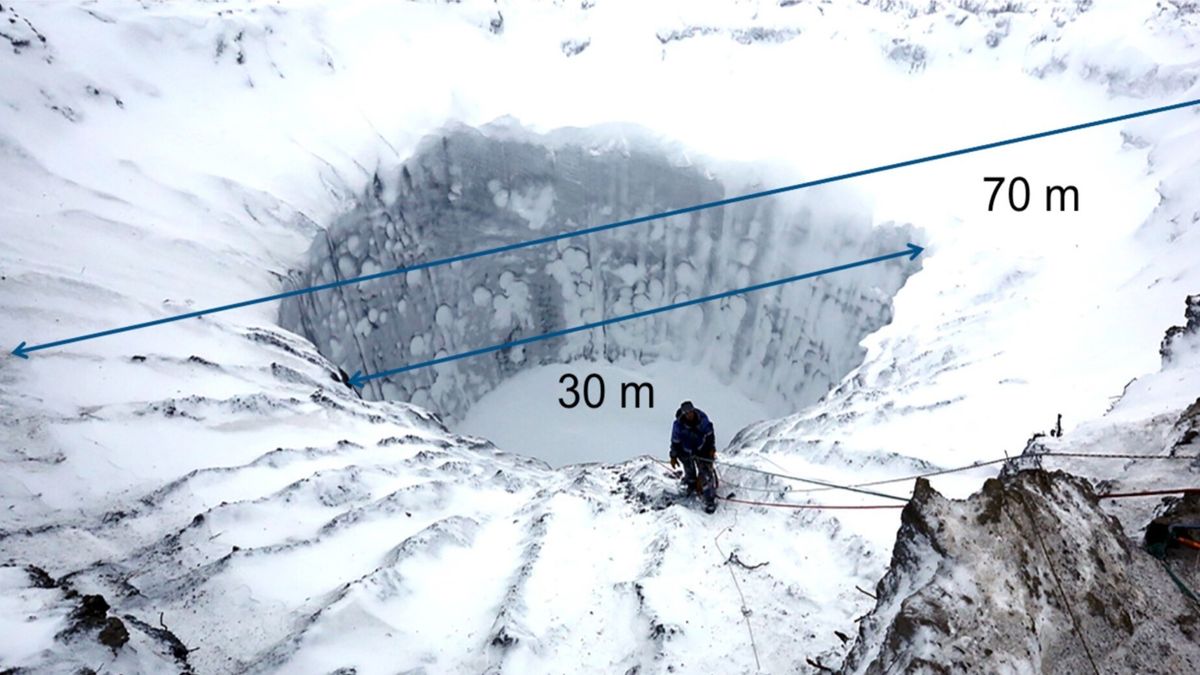On Wednesday (Oct. 2) a ring of fire appeared in the sky over one of the most isolated islands on Earth as thousands of enormous stone heads looked on.
This was not a sign of the gods’ fury (we hope) but a spectacular form of partial eclipse called an annular solar eclipse — sometimes dubbed a “ring of fire” eclipse, for the bright hoop of light that becomes visible during the eclipse’s peak, when the moon blocks out roughly 90% of the sun’s visible surface.
Arriving just months after the April 8 total solar eclipse that stunned millions of skywatchers across North America, Wednesday’s celestial event was only visible from a small handful of inhabited places, including southern Chile and Argentina. But the most spectacular view was arguably from the Pacific island of Rapa Nui (also known as Easter Island), where U.K.-based astrophotographer Josh Dury was ready to watch the event unfold over the island’s famous stone moai statues.
In an incredible composite image shared with Live Science, Dury captured the full transit of the moon across the sun’s face — a slow-burning celestial event that lasted about 3.5 hours from start to finish, and a little over 6 minutes during its peak “ring of fire” phase. In the foreground, a stern moai statue points its nose skyward.
“[This is] 21 images blended into a single frame,” Dury said in an email. “Captured between 12:23 – 15:52 local time.”
Dury added that this would be the last major celestial event visible from the remote Pacific island for the next 312 years.
Related: Perseid meteor shower rains ‘shooting stars’ over Stonehenge in glorious astrophotography image
Solar eclipses occur when the moon is positioned precisely between Earth and the sun, always falling two weeks after a full moon. The last one was September’s full Harvest Moon, which also featured a partial lunar eclipse.
During a total solar eclipse, the moon appears to block out the sun’s visible surface entirely. During a partial solar eclipse, like the Oct. 2 annular eclipse, the moon is located a bit farther from Earth and appears a bit smaller in the sky, never fully blocking the sun. Because of this, partial eclipse viewers must always wear protective gear, like solar eclipse glasses, to view the event.
Approximately 1,000 human-faced moai statues dot Easter Island, though little is known about their purpose or their construction. Many of the surviving statues have massive torsos buried beneath the ground, and weigh up to 75 tons (68 metric tons).
Radiocarbon dating of food remnants found on obsidian tools on the island suggest that Rapa Nui was inhabited as early as 1,000 years ago. Thousands of people live there today, mostly to support the moai tourism industry. Located roughly 2,200 miles (3,540 km) west of Chile — the closest South American country — Easter Island is one of the most secluded inhabited islands in the world.





